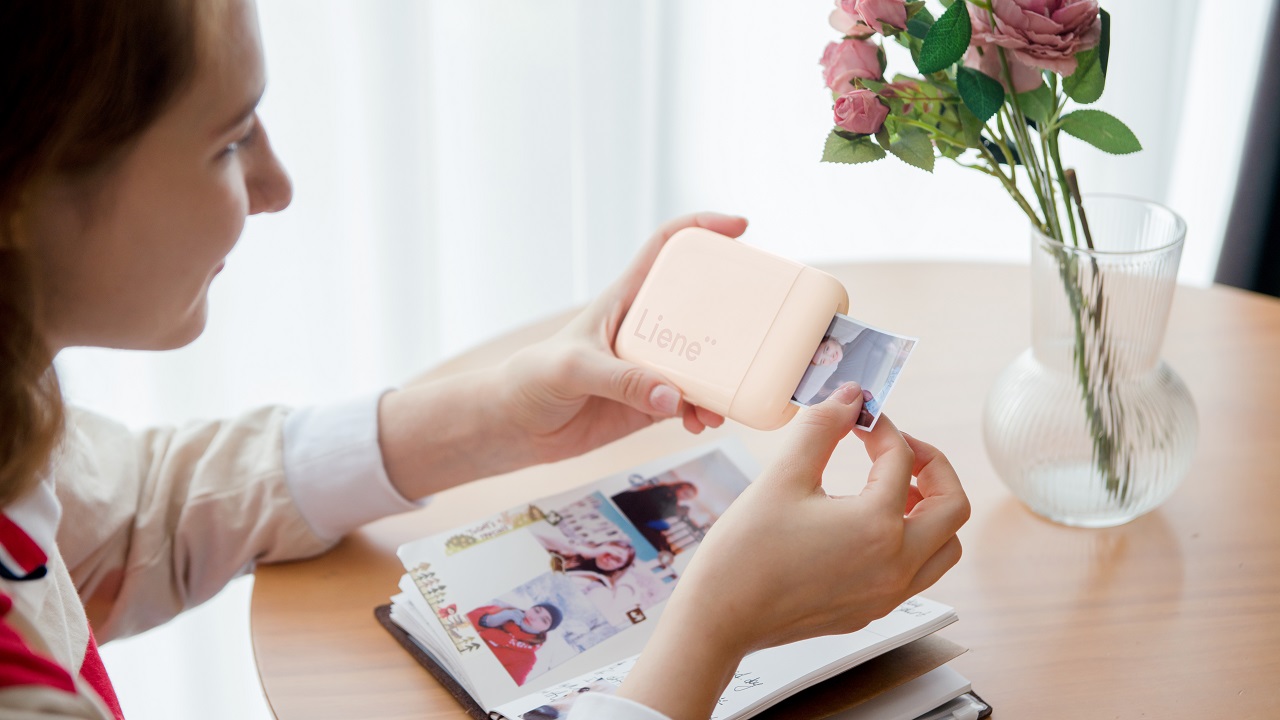The speed of the healthcare world needs at the same time accuracy and efficiency. The arrival of portable photo printers is a boon to medical colleges and hospitals because they are now able to transform the way they deal with patient records, diagnostic imaging, and educational materials. These mini printer devices are becoming irreplaceable equipment for health care providers, which provide greater convenience, speed, and high quality of patient care.
Streamlining Patient Records
Portable photo printers let healthcare providers print photos on the go for records and diagnostic purposes. These printers enable you to capture visual symptoms, document the wound progression, or record before-and-after images of treatments, which are immediate and do not require bulky equipment or long processing times. Besides these, this approach has the advantage of ensuring the accuracy of medical records as well as improving the communication between healthcare teams and thus the care of patients.
Enhancing Diagnostic Imaging
Visual aids have a significant function both in medical practice and diagnostics. Portable photo printers are a source of power for medical students and professionals to print images directly from diagnostic devices like ultrasound machines, X-ray systems, and endoscopes. This access to the pictures printed in real time allows the members of the healthcare team to work more effectively together, have more extensive conversations with the patients, and make correct diagnoses and treatment plans.
Facilitating Medical Education
Medical colleges intend to use mobile photo printers as part of their teaching curriculum in order to improve the students' learning experience. These gadgets enable teachers to print the images, diagrams, and case studies necessary for their lesson at the moment, thus, creating interactive teaching materials that will promote discussion and critical thinking. In addition, students can print the pictures as study material or for research purposes, which makes the students more independent and helps in consolidating the important concepts.
Improving Patient Engagement
Healthcare settings benefit from visual aids which are indispensable instruments of patient education and engagement. Photo printers on a portable device allow healthcare providers to produce personalized educational materials, such as diagrams, illustrations, and treatment plans, that are tailored to patients' needs and preferences. With the help of such printers, patients will now have the ability to see physical representations of medical information. This will allow patients to participate actively in their care decisions which will in turn improve the health outcomes and increase the patients’ satisfaction.
Ensuring Compliance and Confidentiality
Besides compliance with privacy regulations, portable photo printers developed for healthcare settings also ensure the safety of data by aligning with standards of data security. Advanced encryption protocols and authentication measures are used to protect patient information, thereby securing confidentiality and HIPAA compliance. Moreover, the printers include features like automatic deletion of images and audit trails, which help to show who printed what and when thus boosting security and accountability.
Conclusion
Medical colleges and hospitals are now experiencing a new era with the inclusion of portable photo printers in their technology. These devices are changing the way healthcare professionals work by making patient records more efficient, enhancing diagnostic imaging, facilitating medical education, improving patient engagement, and ensuring compliance with privacy regulations. With the ever-increasing demand for data-driven, patient-focused, and responsive healthcare, portable photo printers are fast evolving and will continue to be important in the future healthcare setting.


